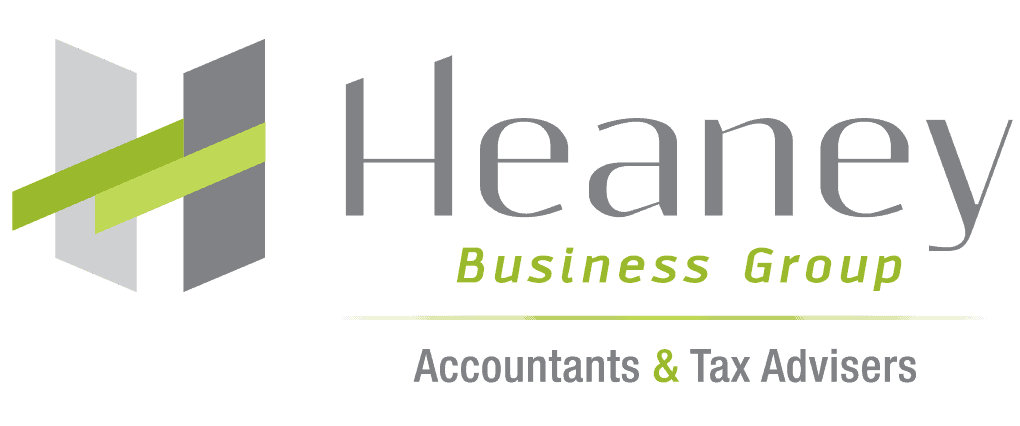Despite the current economic environment, the company tax rate will reduce to 26% for small and medium businesses from 1 July 2020.
The 1 July change is part of a larger progressive plan to reduce the company tax rate to 25% from 1 July 2021 and applies to base rate entities (BRE) – companies, corporate unit trusts, and public trading trusts – with an aggregated turnover of less than $50 million where 80% or less of the entity’s turnover for the year is classified as base rate entity passive income. Larger companies will continue to pay the 30% rate.
| 2018-19 and 2019-20 | 2020-21 | 2021-22 | |
| Base rate entities* | 27.5% | 26% | 25% |
| Other corporate tax entities | 30% | 30% | 30% |
*aggregated turnover less than $50m and no more than 80% of the company’s assessable income is base rate entity passive income.
The reduction in the company tax rate will also change the maximum franking rate that applies to dividends paid by some base rate entities. The way the rules normally work is that if the company was classified as a base rate entity and was taxed at the lower corporate tax rate in the previous year then a lower maximum franking rate will apply to dividends paid in the current year. For example, a company that was classified as a BRE in the 2019 income year will generally be subject to a maximum franking rate of 27.5% on franked dividends paid in the 2020 income year. However, the maximum franking rate will normally be 26% for dividends paid in the 2021 income year if the company was a BRE in the 2020 income year.
Some companies may have franking account balances that have accumulated over time and will reflect prior company tax rates. It is important to consider how these credits can be utilised in an efficient manner. One strategy could be to bring forward the payment of dividends to utilise the current 27.5% franking rate before the company tax rate reduces to 26% if the cash flow of the company allows for it.
The material and contents provided in this publication are informative in nature only. It is not intended to be advice and you should not act specifically on the basis of this information alone. If expert assistance is required, professional advice should be obtained.

